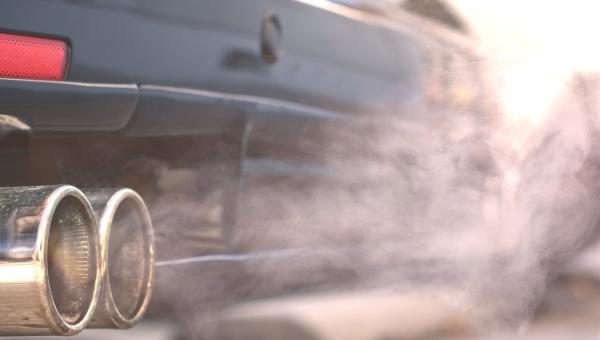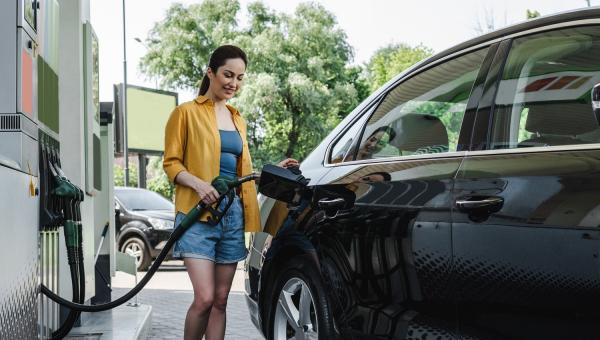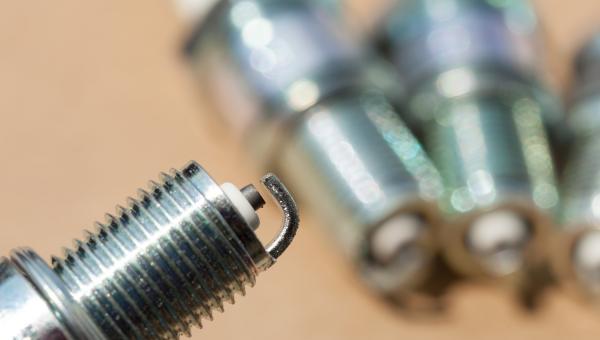Test Drive Notes Library
-
 Pros
Pros
- Engine. The optional 3.2 liter, 270 hp V6 is not only pretty smooth, but provides easy, consistent power for the vehicle this size. It’s quiet and feels pretty refined. We’ve never loved Fiat Chrysler’s nine-speed automatic transmission, but it performed well for us in the new Cherokee in day to day driving. Shifting is a lot smoother than the last time we drove it. For 2020, there’s a new, optional turbo-4 engine that will save you a couple of mpg, and provides the same horsepower as the V6. But it’s a more expensive option, and we have not tested it.
- Better ride. The last time we drove a Cherokee, the ride was unsettled and we got jostled around. They’ve upgraded the suspension, and it’s a lot better on smooth roads. Pretty comfortable and stable, actually. It does not do well when you hit potholes or rough patches, which get transmitted rather bluntly into the passenger’s rear compartment (as opposed to the rear passenger compartment).
- Interior. Fit and finish are good. Our High Altitude tester had a moderately upscale feel, with nice materials. Windows are large and visibility is pretty decent. The front seats are comfortable, with exceptional head room for you bouffant wearers. Rear seat room is particularly good for a compact SUV.
- Off road capability. Jeeps need to be able to go off road. Why? So people who don’t go off road will buy them. I mean, everybody knows you’re not taking your Honda CR-V up into the hills to drive over tree stumps. But when you drive a Jeep, you might. You won’t, but you’ll make people wonder. That’s part of Jeep’s marketing appeal. So if you DO happen to want to go off roading, the Cherokee is the compact SUV of choice for you. If not, well, you can spray some mud on the car and look down smugly on your neighbor’s RAV4 as you pull into your driveway after your next trip to Target.
- Infotainment screen. Jeep uses Fiat Chrysler’s U-Connect system, and it’s one of the better interfaces out there. It’s clearly laid out, easy to use, and it works well. Like other Fiat Chrysler products, the Jeep includes volume rocker switches on the back of the steering wheel, right where your index and middle fingers fall. Everyone should adopt that. It’s ergonomically perfect.
-
 Cons
Cons
- Gets pricey. Our High Altitude 4X4 rang out at nearly $43,000. Some of what you’re paying for is the Jeep image. Some is the off-road capability that 99% of buyers will never use.
- Upset-able ride. While the Cherokee rides smoothly on good roads, when it hits rough pavement, you get slapped around.
- Better on straightaways. The Cherokee feels a bit cumbersome on twisty roads. Handling is fine, but it doesn’t like curves as much as it likes highways.
- City mileage. The Cherokee counts on its highest gears to stretch your overall mileage number (the EPA says 22 mpg overall). So it does pretty decently on the highway. But if most of your driving is around town, keep in mind that we were seeing mid-teen mileage at the low end.
- Reliability. If you follow that noted Consumer magazine, you know that Jeeps are not Hondas or Toyotas. Granted, that’s exactly why some people buy them. But keep in mind that historically, reliability has not been Jeep’s strong suit. On the plus side, Jeep does now provide a 5 year, 60,000 mile powertrain warranty, along with three-year bumper to bumper coverage.
Test Drive Notes Library
Get the Car Talk Newsletter
 Pros
Pros Cons
Cons


